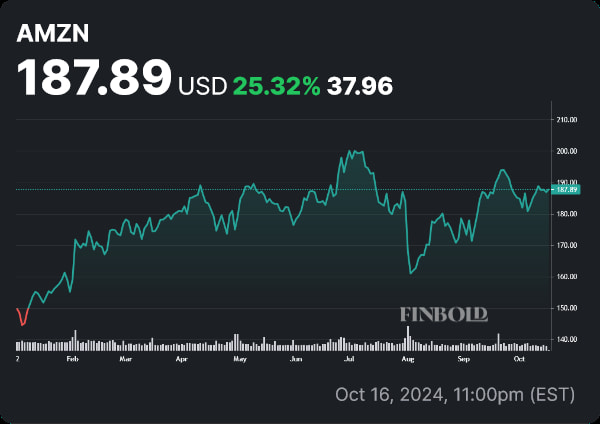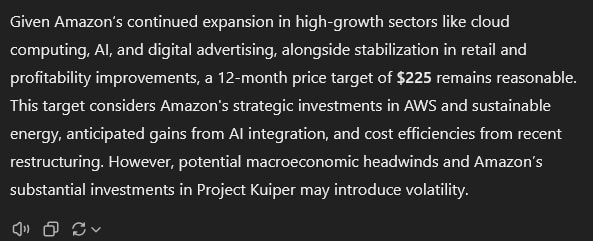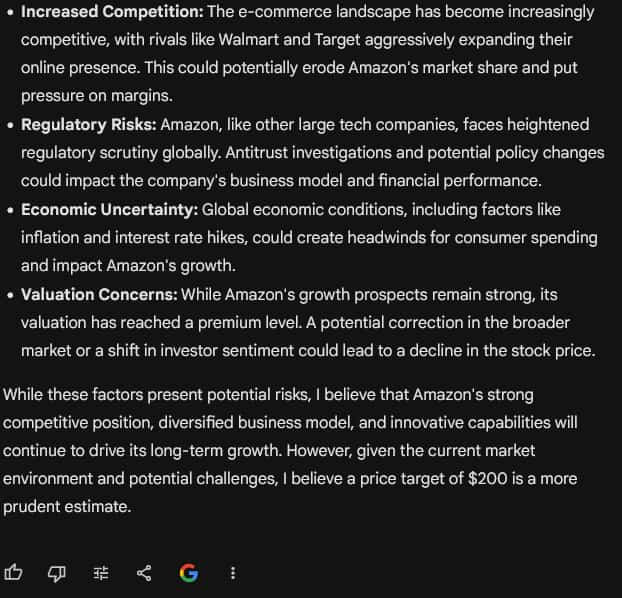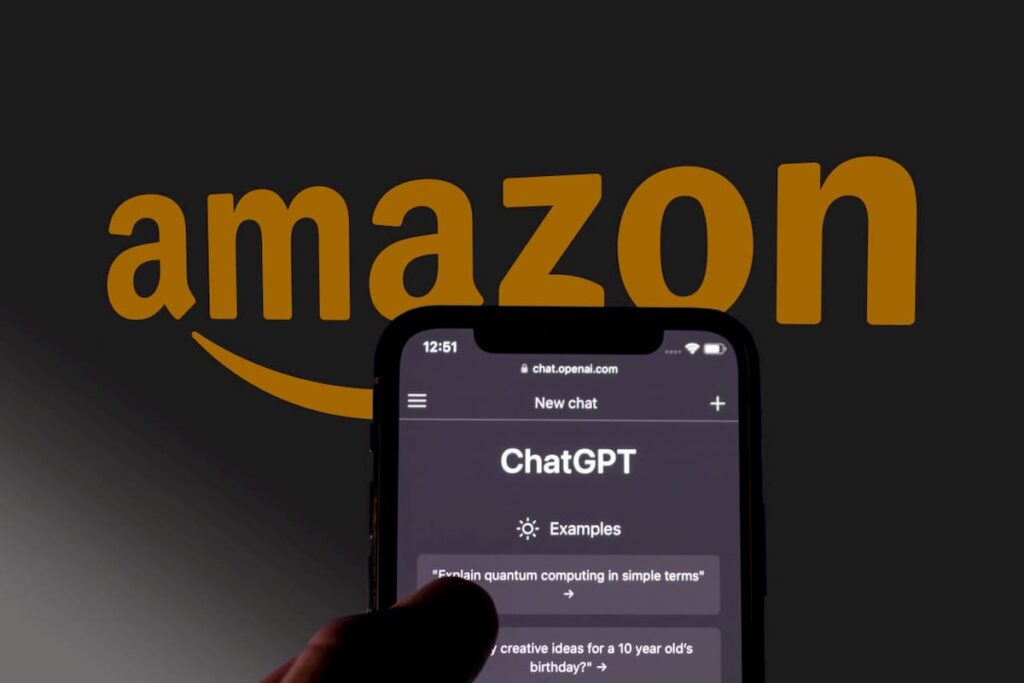Amazon (NASDAQ: AMZN) has had a good year thus far — the tech behemoth is up 25.35% year-to-date (YTD).
However, it hasn’t exactly been smooth sailing — a July 9 peak of $199.79 was soon followed by a precipitous drop to $161 by August 4.
The 19% decline in Amazon stock price was caused by a mixed Q2 2024 earnings report — while the company outperformed in terms of EPS, a revenue miss and disappointing guidance led to this significant pullback.
Since then, AMZN’s share price has recovered — at press time, the stock is trading at $187.89.

Analysts weigh in on AMZN stock price
The online retail business’s Q2 report was far from a fluke — Amazon has delivered seven consecutive earnings beats, most by double-digit percentages — yet revenue has consistently remained in line with estimates or slightly below them.
The rising cost of logistics, primarily driven by the one-two punch of inflation and supply chain complexity, has diminished the tech leader’s profit margins in the retail sector. While Amazon has moved to restructure its fulfillment network, it will take time to see the effects of that change — whereas the capital-intensive nature of the reorganization will have an immediate and negative effect on the books.
While AWS continues to be a leading driver of growth and has benefitted from the rise of AI, the market is increasingly competitive, with Microsoft’s (NASDAQ: MSFT) Azure and Alphabet’s (NASDAQ: GOOGL) Cloud Platform putting pressure on the service.
Amazon has recently moved to develop small, modular nuclear reactors to ensure a sustainable, reliable, and eco-friendly source of power for its data centers — a move that would lead to long-term cost savings. However, much like the fulfillment network reorganization, this will take time to play out — and capital expenditures will have a far more immediate effect on stock prices.
Still, analysts remain quite bullish in the long term — Wall Street equity researchers have an average price target of $228.28 set for AMZN a year from now.
AI sets Amazon stock price for the end of 2024
One of OpenAI’s most advanced publicly-available AI models, ChatGPT-4o, offered a slightly more bearish price target to analysts at $225, remaining optimistic on the whole due to strategic AWS investments and upcoming cost efficiencies, while raising some additional concerns.

Project Kuiper is the company’s initiative to offer low-latency broadband in competition with SpaceX’s Starlink. While the AI model largely mirrors the price targets set by experts, it did single out the company’s space-based venture as a significant risk factor.
Google’s Gemini, the artist formerly known as Google Bard, was significantly more bearish than OpenAI’s competing LLM — setting a price target of $200 while citing additional considerations, such as regulatory risks, the possibility of renewed interest rate hikes, and valuation concerns.

While both of these AI models are impressive and can help aspiring investors to collate information from a wide base, it’s important to note their limitations — the output of AI models like Gemini and GPT 4o shouldn’t be given the same weight as the opinions of expert analysts with decades of experience.







